STELLENBOSCH (Day 5)
In the morning, we explored some more of the town. A local BBQ was taking place outside the church.
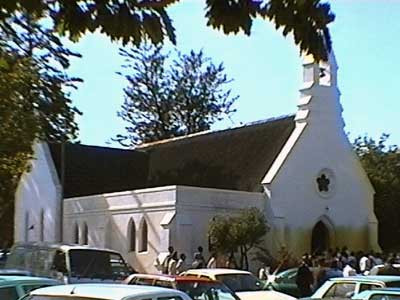
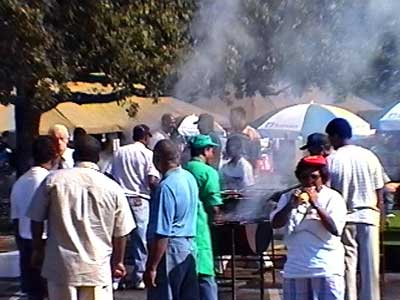
Stellenbosch was founded by a colony of settlers who had been granted land on the banks of the Eerste River. The name comes from Simon van der Stel, Commander of the Cape who had encamped there with his entrouage in 1679. Known as the Cape Flats, this region of land used to be under water. As a result, the valley is fertile and particularly suited to agriculture. The Dutch East India Company intended that fruit and vegetables be grown here to supply ships en-route to and from the East Indies.
We went inside the Burgerhuis, still resembling the days from when it was built in 1797. The lovely Cape Dutch architecture is a mixture between northern German and Dutch styles.
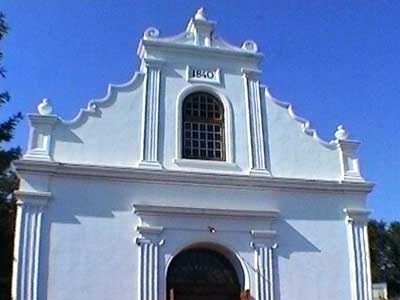
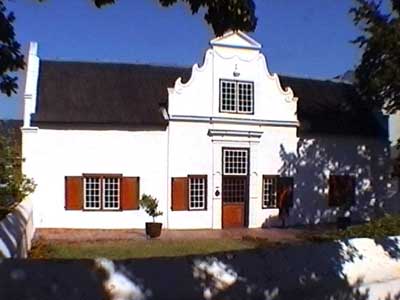
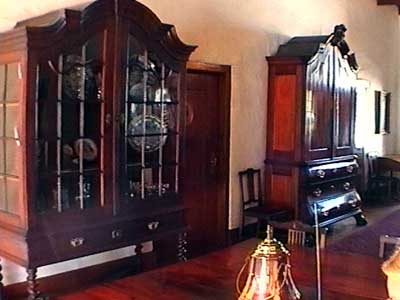
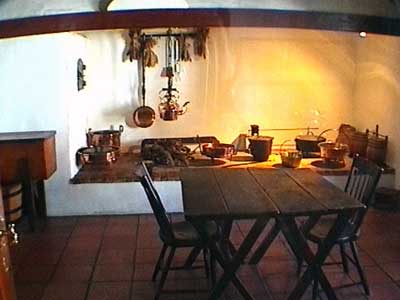
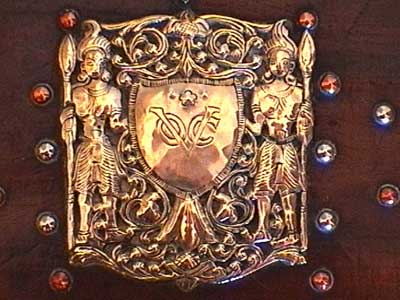
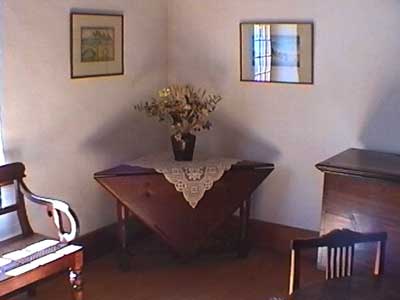
It was then time for our wine tasting tour. South Africa is the fourteenth largest wine producer in the world. It was Jan van Riebeeck who brought the first vines to the Cape in 1659. His diary even contains tasting notes of the very first wine produced in the country. The first official Wine Route was established in 1971 and was comprised of 29 cellars which offered many delicious samples.
A small white minivan picked us up and brought us around to five different wineries where we got tours and MANY samples. We visited Blaauklippen, Boschendal, Chamonix, Haute Province and Rickety Bridge. The tour ended with some schnapps tasting.
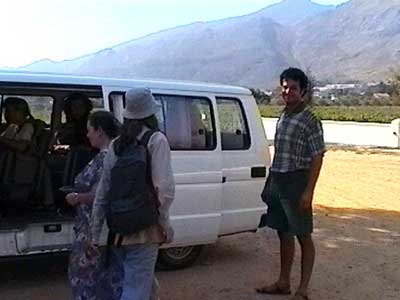
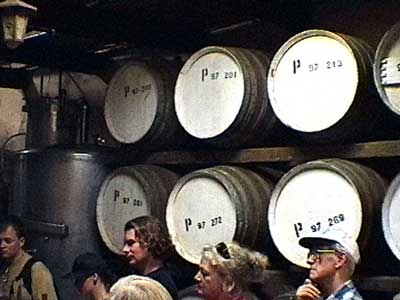



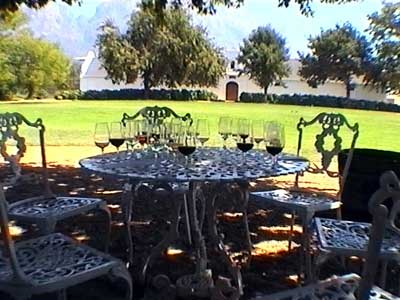
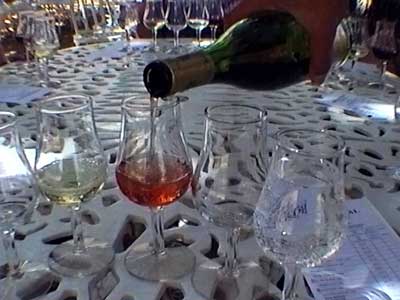
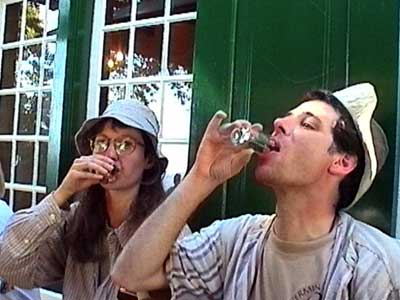
We then joined our fellow tasters for an evening of even more sampling down at the local pub.
return • continue

